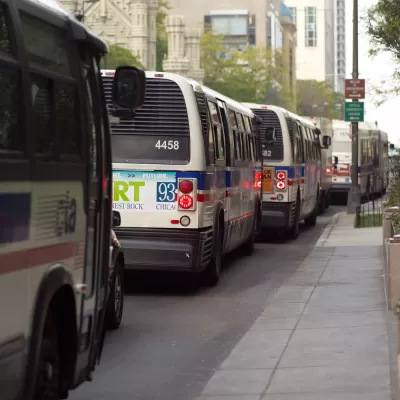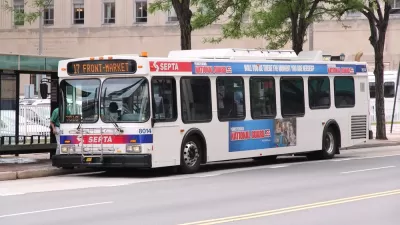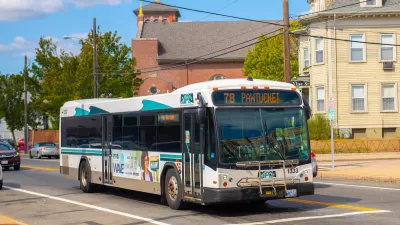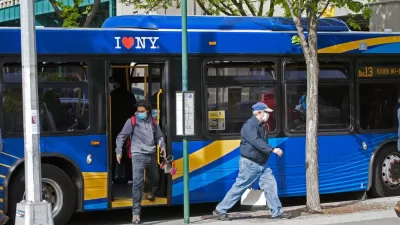All good transit wonks have an opinion on proof of payment.

Aarian Marshall reports on the expanding use of proof of payment systems for transit systems. "Europe got into 'proof of payment' systems—where wandering personnel request evidence you paid your way—in the 1960s," writes Marshall. "They made it to American shores, mostly in light rail systems, by the 1990s." The benefits of proof of payment systems, according to acolytes: "Faster vehicles, less crowding, and thus more frequent service, leading (hopefully) to more riders overall."
As 21st century technology make proof of payment easier (think Apple Pay and transit cards loaded onto smart phones), more cities are considering the model of Oslo, where even fare scofflaws are treated with a degree of indifference. The San Francisco Municipal Transportation Agency is one of the most recent American transit agencies to install a proof of payment system, using the " tap-able Clipper Card." Since that system has been in place since 2012, the SFMTA has tracked the difference in system performance. "In tourist-heavy areas, the system’s bus and streetcar dwell times per stop dropped 13 percent. Before, each person getting on or off needed 6.8 seconds. Now, they take 3. 5 seconds."
FULL STORY: Ignoring Fare Evaders Can Make Mass Transit Faster—And Richer

Planetizen Federal Action Tracker
A weekly monitor of how Trump’s orders and actions are impacting planners and planning in America.

Map: Where Senate Republicans Want to Sell Your Public Lands
For public land advocates, the Senate Republicans’ proposal to sell millions of acres of public land in the West is “the biggest fight of their careers.”

Restaurant Patios Were a Pandemic Win — Why Were They so Hard to Keep?
Social distancing requirements and changes in travel patterns prompted cities to pilot new uses for street and sidewalk space. Then it got complicated.

Platform Pilsner: Vancouver Transit Agency Releases... a Beer?
TransLink will receive a portion of every sale of the four-pack.

Toronto Weighs Cheaper Transit, Parking Hikes for Major Events
Special event rates would take effect during large festivals, sports games and concerts to ‘discourage driving, manage congestion and free up space for transit.”

Berlin to Consider Car-Free Zone Larger Than Manhattan
The area bound by the 22-mile Ringbahn would still allow 12 uses of a private automobile per year per person, and several other exemptions.
Urban Design for Planners 1: Software Tools
This six-course series explores essential urban design concepts using open source software and equips planners with the tools they need to participate fully in the urban design process.
Planning for Universal Design
Learn the tools for implementing Universal Design in planning regulations.
Heyer Gruel & Associates PA
JM Goldson LLC
Custer County Colorado
City of Camden Redevelopment Agency
City of Astoria
Transportation Research & Education Center (TREC) at Portland State University
Camden Redevelopment Agency
City of Claremont
Municipality of Princeton (NJ)





























